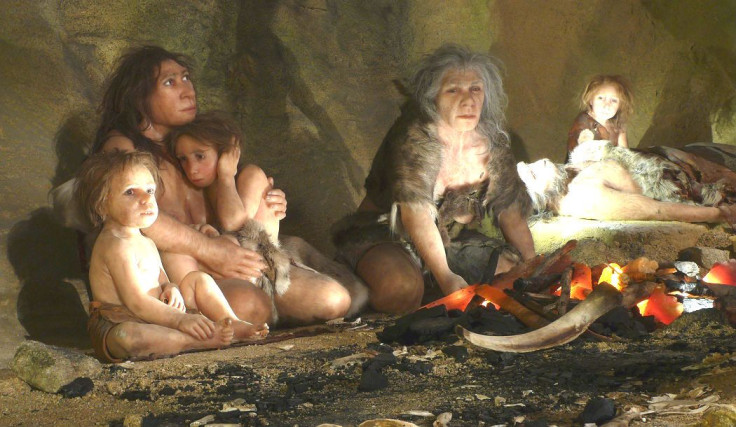Right-Handed Neanderthals May Have Spoken Like Modern Humans

Like modern humans, most Neanderthals were right handed, leading scientists to believe that they have had the capacity for speech, according to new findings.
Researchers explain that handedness, which is a uniquely human trait, indicates brain lateralization, where each of the brain's two hemispheres is specialized, with the left brain controlling the right side of the body and language in humans.
The fact that most Neanderthals were right handed suggests that like modern humans, they may also have a capacity for language.
In a new analysis, published in the journal PLoS ONE, of the skeleton of a 20-something Neanderthal man dubbed "Regourdou" confirms that he had been right-handed like most of his European caveman cousins whose remains have been studied by scientists.
In the past, scientists have argued that Regourdou was right-handed because his right arm was more muscular than his left arm, and now an international team of researchers have confirmed the previous assumption after conducting a more detailed analysis of his arms, shoulders and teeth.
Lead researcher David Frayer, professor of anthropology at the University of Kansas, and an international team led by Virginie Volpato, of the Senckenberg Institute in Frankfurt, Germany, explained that the Neanderthals used their mouths like a "third hand" for carrying food and other objects, which results in significant wear and tear on their front teeth.
By examining the angles of the scratch marks on the teeth, researchers can tell which hand was gripping the food and which hand was cutting.
Researchers found that most of the teeth marks were right-angled scratches and there were very little left-angled scratches.
"We've been studying scratch marks on Neandertal teeth, but in all cases they were isolated teeth, or teeth in mandibles not directly associated with skeletal material," Frayer said in a news release. "This is the first time we can check the pattern that's seen in the teeth with the pattern that's seen in the arms."
The latest findings on Regourdou indicates that 89 percent of European Neanderthal fossils, 16 out of 18, were right handed, which is very similar to the prevalence of righties in modern human populations. About 90 percent of people worldwide are right-handed.
If Neanderthals were right-handed, that "confirms a modern pattern of left brain dominance, presumably [signaling] linguistic competence," the researchers wrote in the study.
"The long-known connection between brain asymmetry, handedness and language in living populations serves as a proxy for estimating brain lateralization in the fossil record and the likelihood of language capacity in fossils," the authors wrote.
The latest findings support previous DNA research suggesting that Neanderthals might have spoken like modern humans before they died off around 30,000 years ago.



























